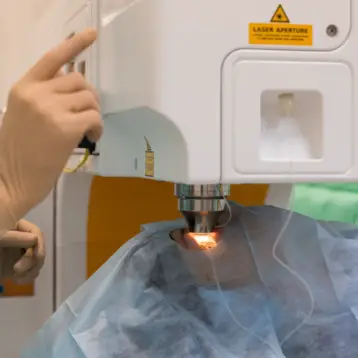|
The new test, designed by chemical engineering professor Christopher Love, examines individual immune cells looking for cytokenes. Cytokenes are a type of protein produced by T cells and other immune cells when an allergic reaction occurs. Traditional allergy tests detect antibodies specific to the allergen in question but these antibodies can be generated even when no allergy exists. Under current tests, up to 30% of people test positive for one or more food allergy, but the National Institute of Allergy and Infectious Diseases says the real figure is closer to 5% of the population.
Isolating these cytokenes requires separating the white blood cells from the rest of a blood sample, exposing them to a potential allergen, and placing approximately 100,000 individual cells onto a rubber sheet in a lattice pattern. Using a process called microengraving, the cytokenes produced by each cell are imprinted onto a glass slide and precisely measured.
Professor Love is currently working with researchers at Children’s Hospital Boston to test the response of children with milk allergies and help pinpoint the exact relationship between cytokenes and allergic reactions. Many further clinical tests are necessary before cytokene measurement can be used as a real diagnostic tool, but so far it shows a lot of potential as a replacement for the often inaccurate and usually unpleasant skin patch tests currently used today.
TFOT previously reported on other allergy treatments including the use of Chinese herbal drugs to treat peanut and other food allergies and the use of an artificial antibody to inhibit asthma and allergic reactions before they have a chance to get started. TFOT has also reported on the use of a common allergy drug to treat mild cases of Alzheimer’s disease.
Read more about this new method for diagnosing food allergies in this MIT press release or at Professor Love’s research site.










